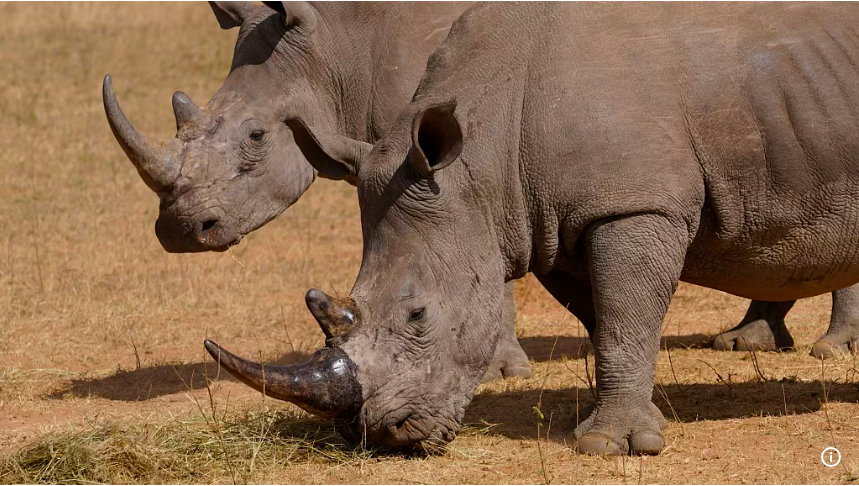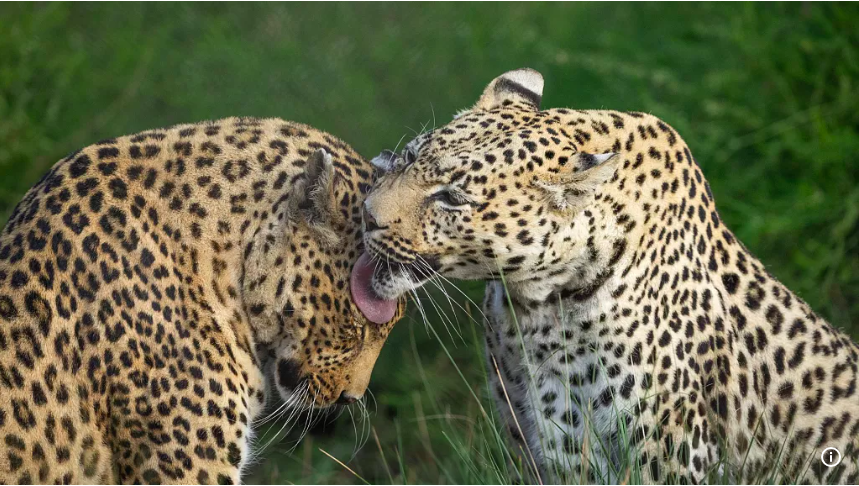"South Africa’s Wildlife Crisis: Over 100 Rhinos Poached in 2025 as Big Cat Trade Threatens Leopards"

South Africa’s Wildlife Under Siege: Rhinos and Leopards Face Relentless Threats
South Africa, home to the world’s largest population of rhinos, is once again grappling with a sobering reminder of the persistent threat of poaching. In the first three months of 2025 alone, more than 100 rhinos were killed — an average of more than one per day — with the majority slaughtered inside national parks meant to protect them. These stark figures, released by South African Environment Minister Dion George, highlight the ongoing war against wildlife crime that threatens some of the planet's most iconic and endangered species.
Rhinos on the Brink: A Crisis in the Wild
South Africa harbours between 16,000 to 18,000 rhinos, both black and white, making it the global epic-enter for rhino conservation. But that same distinction makes it a prime target for poachers. Of the 103 rhinos killed from January to March 2025, 65 were poached in national parks — including the world-famous Kruger National Park, which borders Mozambique.
Black rhinos, in particular, are teetering on the edge of extinction. Listed as critically endangered by the International Union for Conservation of Nature (IUCN), only around 6,400 remain in the wild globally, with roughly 2,000 found in South Africa. These figures not only reflect the dire state of the species but also raise urgent questions about the effectiveness of conservation strategies.
The poaching epidemic is largely driven by transnational criminal syndicates. South African authorities have shifted focus toward dismantling these networks. A breakthrough came last year when Mozambique national Simon Ernesto Valoi — described as a poaching “kingpin” — was sentenced to 27 years in prison for orchestrating illegal hunts in Kruger National Park. While this conviction marks a significant win, it underscores the sophistication and resilience of the criminal operations involved.
Leopards in the Crosshairs: Victims of the Exotic Trade
Rhinos are not the only species under threat. On International Leopard Day, observed on May 3, global animal welfare organisation FOUR PAWS warned of the increasing commercial exploitation of leopards. Despite their elusive nature and solitary behaviour, leopards have not escaped the clutches of wildlife traffickers.
Driven by the growing demand for exotic pets and traditional medicine, leopards are being killed for their bones, skins, and skulls. Often, these parts are sold under the guise of tiger products to feed a lucrative black market in Asia. From 2020 to 2023, around 12,000 leopards and their parts were traded globally, according to CITES — despite strict protections.
Vanessa Amoroso, head of wild animals in trade at FOUR PAWS, lamented, “It’s tragic to see how these majestic creatures have turned into mere commodities.” She noted that leopards are now increasingly targeted as substitutes for tigers, whose populations have plummeted due to similar pressures.
Leopards have lost nearly 75% of their natural habitats across Africa, the Middle East, and Asia. Habitat destruction, coupled with poaching and illicit breeding operations, has made survival in the wild increasingly difficult.

South Africa’s Controversial Role in the Big Cat Trade
South Africa’s position in the global big cat trade remains controversial. While the country is renowned for its wildlife tourism and conservation efforts, it also harbours a growing industry of captive breeding — criticised for prioritising profit over protection.
According to FOUR PAWS, ineffective legislation has allowed intensive breeding of big cats to flourish. These facilities often serve as pipelines for the trade in bones, teeth, and skins, especially when regulatory oversight is weak. The group’s “Break the Vicious Cycle” campaign seeks to expose and dismantle this industry, emphasising the urgent need for uniform international standards on big cat protection.
A Haven for Survivors: LIONS-ROCK Sanctuary
In response to the cruelty many big cats endure, FOUR PAWS established the Lions Rock Big Cat Sanctuary in South Africa in 2006. It provides rescued animals with a safe, natural environment free from exploitation.
Among the sanctuary’s earliest residents are leopards Mike and Tulani. Tulani, born on a South African safari farm in 2002, was sold as a pet before being rescued. Mike, once a wild leopard, was captured and kept in private captivity. Despite their solitary instincts, the pair bonded quickly and now live out their days basking under the African sun, a testament to the healing power of compassion and protection.
Conclusion: A Call to Action
The plight of South Africa’s rhinos and leopards is not just a conservation issue — it’s a global crisis. The country stands at a crossroads between being a leader in wildlife preservation and a facilitator of their destruction. Stronger laws, greater international cooperation, and public pressure are needed to turn the tide.
Protecting endangered species is no longer just about saving animals; it’s about preserving ecosystems, curbing organised crime, and safeguarding the natural heritage for future generations. South Africa has the resources and the responsibility — now it must show the resolve.
- Art
- Causes
- Crafts
- Dance
- Drinks
- Film
- Fitness
- Food
- Giochi
- Gardening
- Health
- Home
- Literature
- Music
- Networking
- Altre informazioni
- Party
- Religion
- Shopping
- Sports
- Theater
- Wellness


